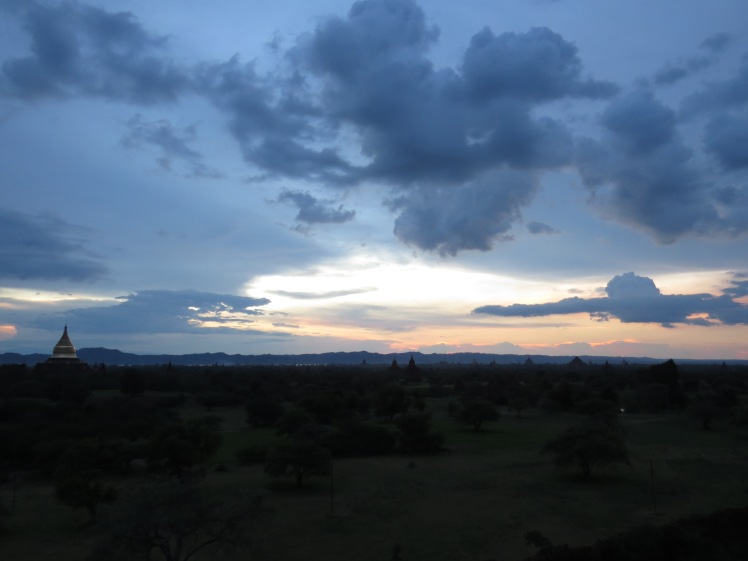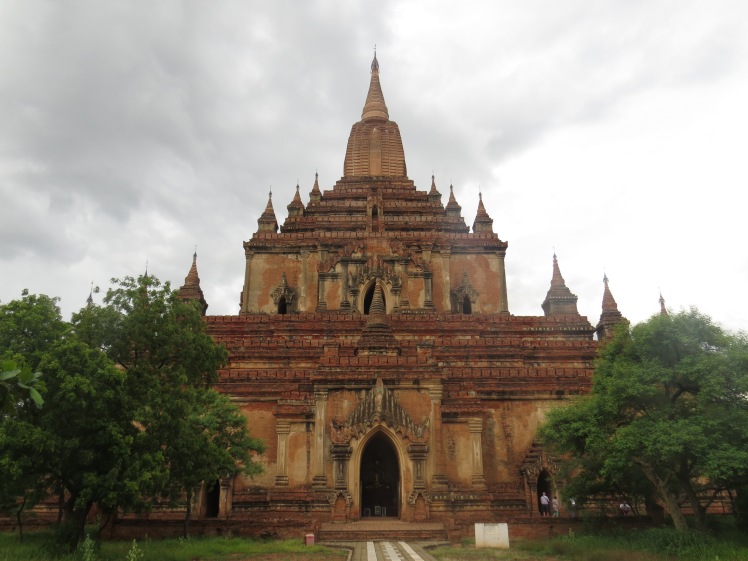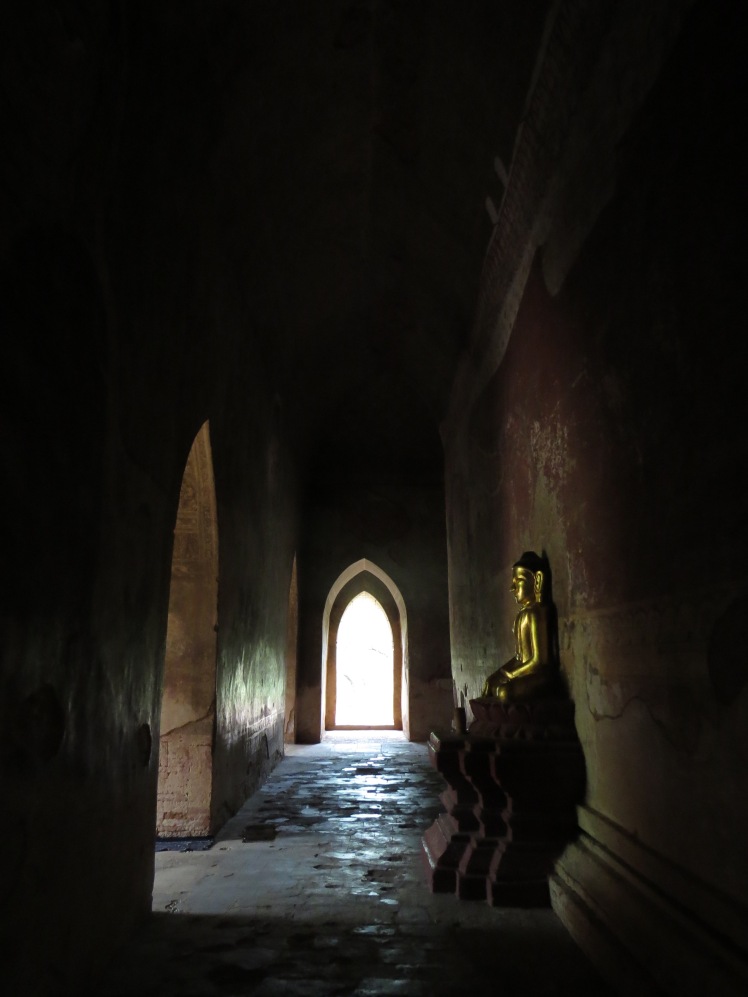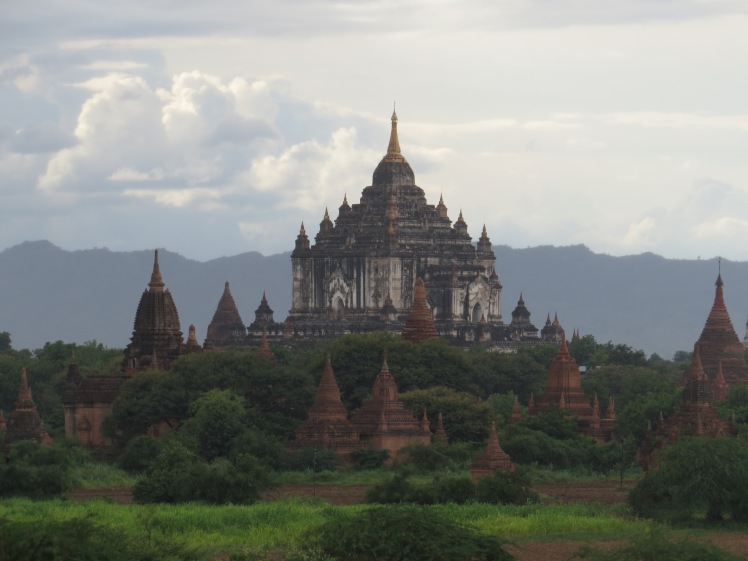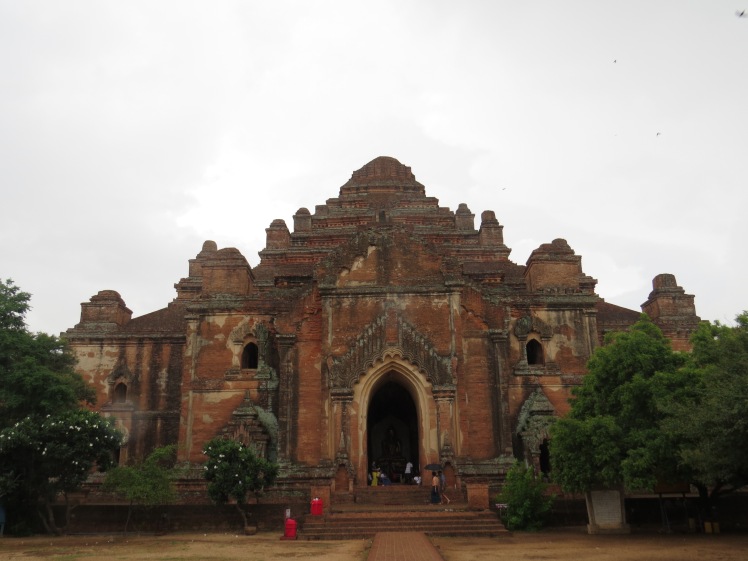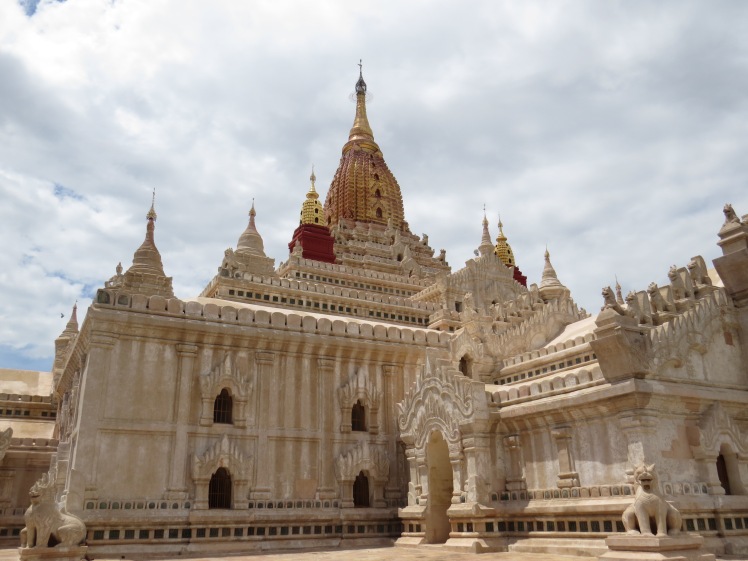
Last September, I went to Myanmar (Burma). As most people know, the country is famous for opposition icon (and likely future national leader) Aung San Suu Kyi, who was put under house arrest for decades by the military regime. For decades, Myanmar was one of the most closed and repressed nations in the world. But things changed a few years back as inexplicably, the nation’s rulers moved to reestablish relations with the US and the West and open up for business and tourism. As a result, the country has become one of the more intriguing choices for travel.
There is a possibility that as tourism becomes more popular, it may no longer be as exotic but that will still be a long time away. For now, it is in an ideal state of not being overcrowded with tourists but having a convenient tourism setup and infrastructure like hotels, overnight buses that you can book online, etc.
Mind you, September is actually one of the worst months for tourism in Myanmar because of the infernal heat so there were many occasions during my trip when I was the only or one of a handful of foreign tourists in a place. At times I wished there were more tourists so that I wouldn’t be “targeted” by vendors or freelance guides at various attraction sites.
My first (and last) stop in Myanmar was Yangon, formerly called Rangoon. As the colonial and post-independence capital of the country, Yangon boasts a certain prestige that can still be seen in its status as the country’s biggest city and business hub.
Almost right away, I got a sense of how “exotic” Myanmar was when I saw local women at the airport with very noticeable brown layers of what I thought was some kind of religious powder dabbed on their cheeks. It turned out that it was thanaka, a type of local sunscreen worn by women and kids. I would see this on almost every woman in the street. I’d also see men wearing long skirts tucked into their waists. This was the longyi. A lot of women wore long, form-fitting skirts too which were beautiful. It made a lot of women, even older ones, look quite enchanting as they strolled the streets in these skirts. It’s really interesting to be in a country in which Western fashion like jeans, skirts, trousers and regular makeup wasn’t dominant, but as Myanmar develops, this may not be the case anymore.
But to counter this, I quickly encountered a very Western and modern form of phenomenon – vehicular traffic. On the ride from the airport to my hotel in Yangon, what surprised me were the many cars on the road and the heavy traffic, which seemed more appropriate for a more developed or prosperous nation. Part of this is because of the country’s recent economic opening up which has seen an influx of cars being imported and relaxation of car ownership restrictions, as well as a strange rule that bans motorbikes and bicycles from being ridden in the city. I say strange because motorbikes are a common sight in many Southeast Asian cities. Indeed, when I later went on to Bagan and Mandalay, I would see a lot of motorbikes.
As my taxi drove into the city, past the “highway” and Yangon’s scenic urban lakes, one of which Aung San Suu Kyi lived by, the many colonial-era buildings came into view. The British influence could be clearly seen in the building architecture and the straight street layouts, as well as the large houses with gardens and fences by the lakes. It even reminded me a little of my native Trinidad, itself a former British colony. Yangon had an impressive collection of colonial office buildings which I will highlight in another blog post.
The city’s most famous attraction is Shwedagon Pagoda, which features a massive gold Buddhist stupa surrounded by dozens of smaller stupas, ornate shrines and halls. It is Southeast Asia’s largest such Buddhist stupa and the city’s premier tourist attraction. In person, it didn’t disappoint. It was large and beautiful, covered with various sculptures featuring legends from the past including King Okkalapa, a Burmese ruler who ordered the pagoda built.
Shwedagon Pagoda is said to have been built over 2,500 years ago (that’d be in the BC era, though modern archaeologists think it’s much less older) by the Mon, a Myanmar ethnic group which has a very long and illustrious history. Since then, it has been rebuilt and repaired.
The pagoda stands on top of a short hill with four stairwells leading up to it. At the ground, you have to take off your shoes, a common requirement when visiting the country’s temples, and then go up the stairs with vendors on both sides.
At the top, freelance guides will approach you asking to give you a tour for a charge. One guy actually said US$20 which I politely declined, but had to hide my annoyance. I declined others as well, but in general I didn’t mind if they were upfront about the fact they were guides. I even had a short, decent talk with one guide after I declined him.
In Myanmar, especially Yangon, a lot of people spoke some English such as these guides. Unfortunately I had a slight run-in a little later when a bespectacled gentleman in his 50s came up to me and offered to show me something along the stupa. He then led me to a giant bell and I realized he was a guide. I politely tried to leave him but he then told me to give him a dollar. I refused and while the amount isn’t much, I get annoyed when people come to talk to you or show you things, then try to charge you money. I experienced this in Cambodia as well at Angkor when people would approach you in temple ruins and offer to show you specific parts of the ruins, then demand money.
I was struck by the number of locals relaxing or strolling around the complex. Inside the shrines or halls, they’d be sitting in groups or even lying down. As a result, I felt awkward going inside the shrines though the people didn’t seem to mind and I’d often just step in then come back out quickly.
Guidebooks suggest visiting the pagoda in the evening when it shines brightly but it is also just as attractive during the day.

















































































